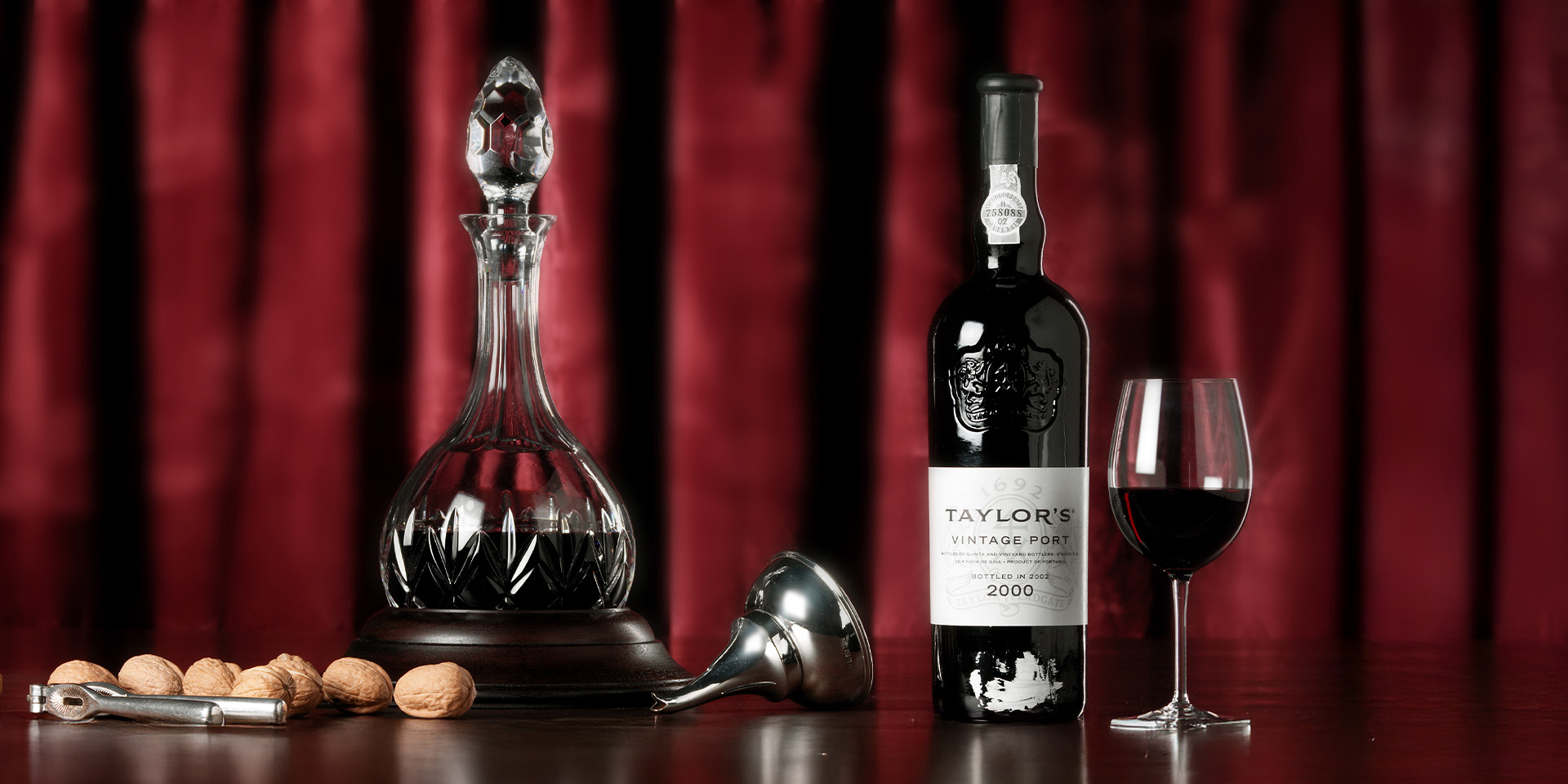How to serve Port
Decanting Port - You don't need to be an expert to serving port wine, but there are some serving techniques which will help you to enjoy port.
To decant or not to decant?
Vintage Ports mature in bottle and should be decanted to remove the natural sediment deposited by the wine and to allow the aromas developed during ageing to express themselves. Late Bottled Vintage and Aged Tawny Ports do not need decanting as they mature in oak vats or casks, where any sediment will have settled prior to bottling.
Preparation
Have a perfectly clean decanter ready, or failing that, a clean wine bottle or jug. With the Port bottle vertical, remove the seal and wipe the top of the bottle clean. Ease the cork out gently. You may find it easier to use a traditional waiters’ friend bottler opener - rather than one of the more modern style openers – as it will allow you more control, particularly with older vintages where the corks can be a little more delicate.
Decanting
Steadily pour the Vintage Port into the decanter. The splash of white paint which is sometimes found on the bottle tells you which way up it was cellared; this mark should be uppermost. A small funnel, ideally with a strainer, may be helpful. If the port has thrown a heavy deposit, it may benefit from filtering through some clean muslin held in a funnel.


discover more




